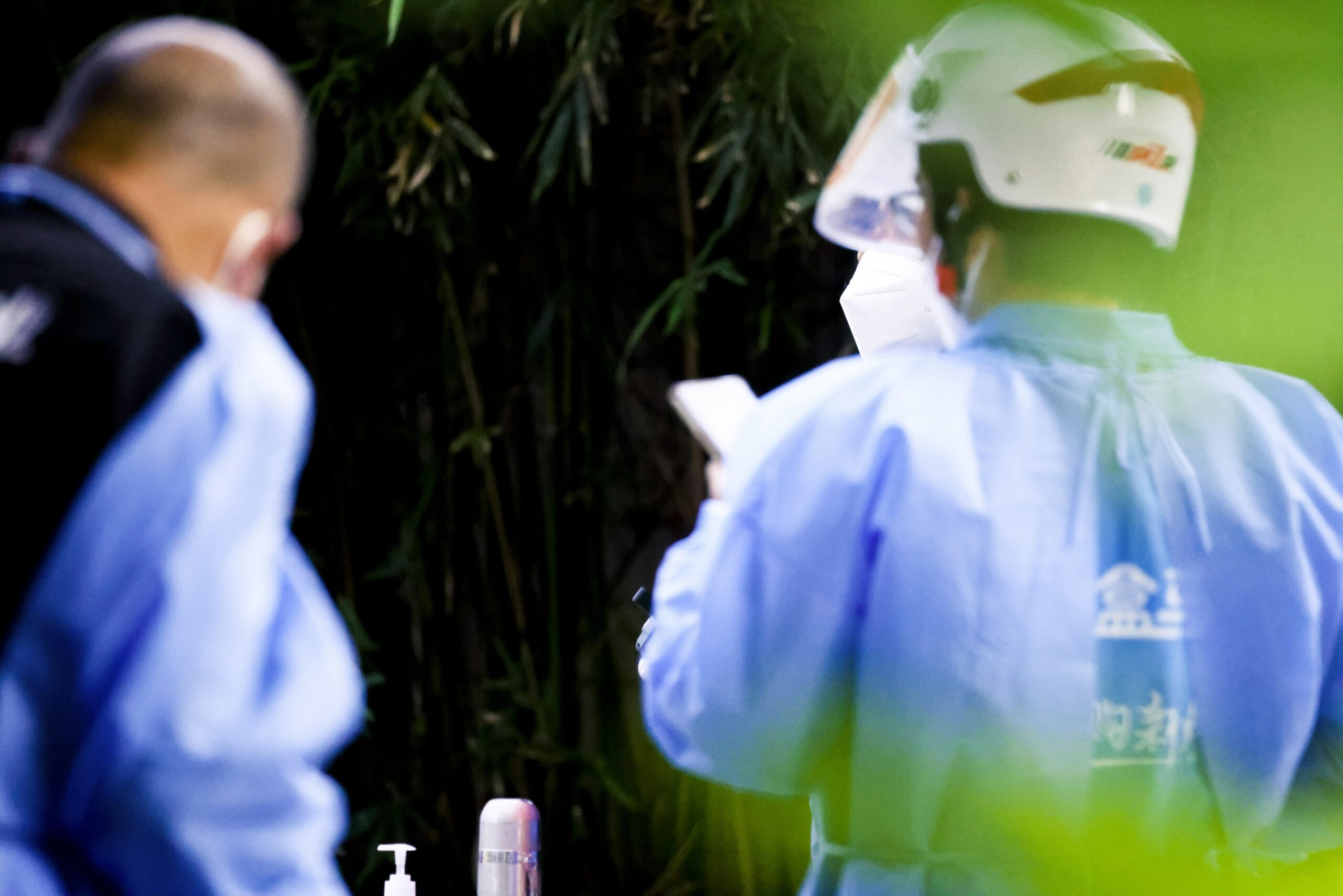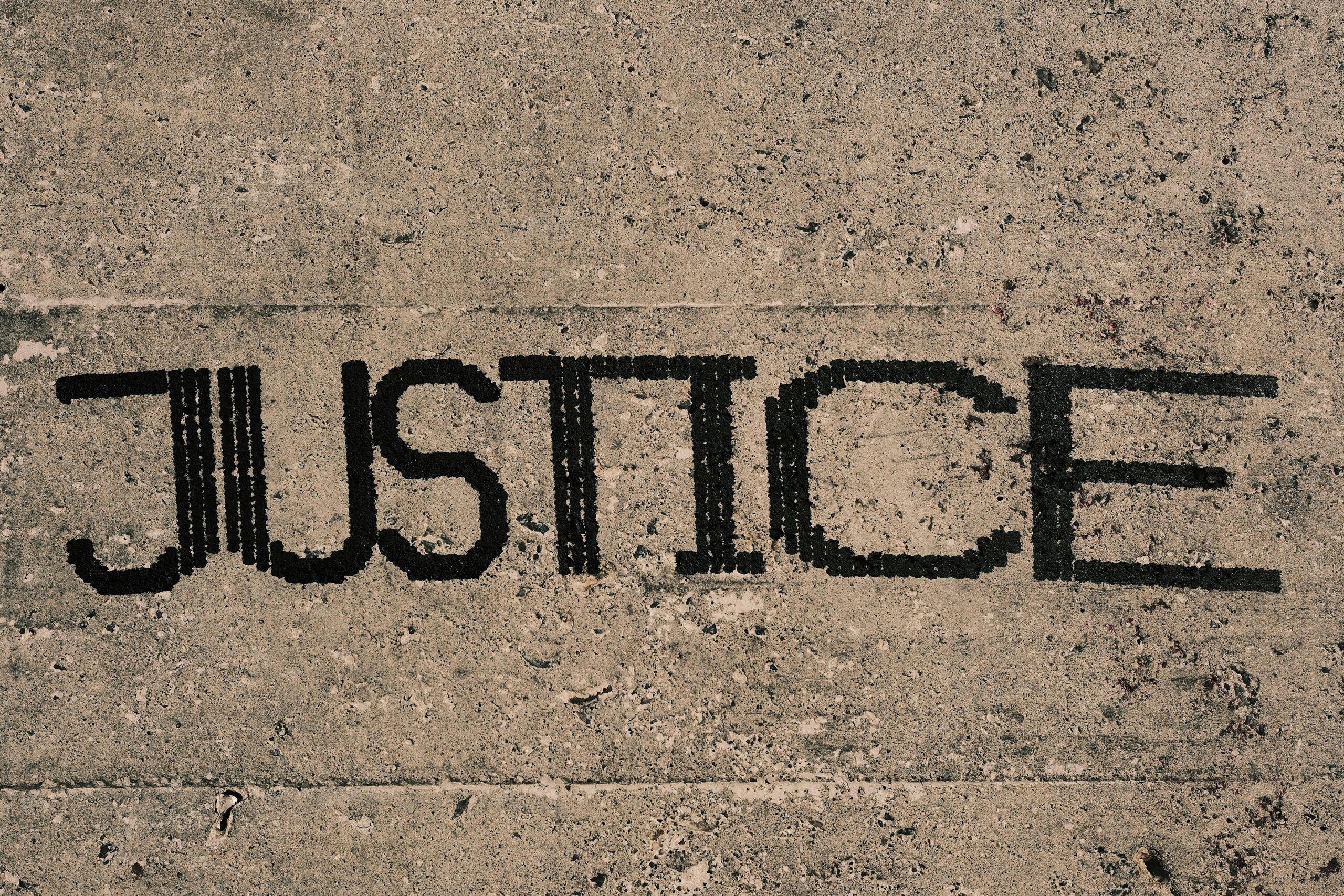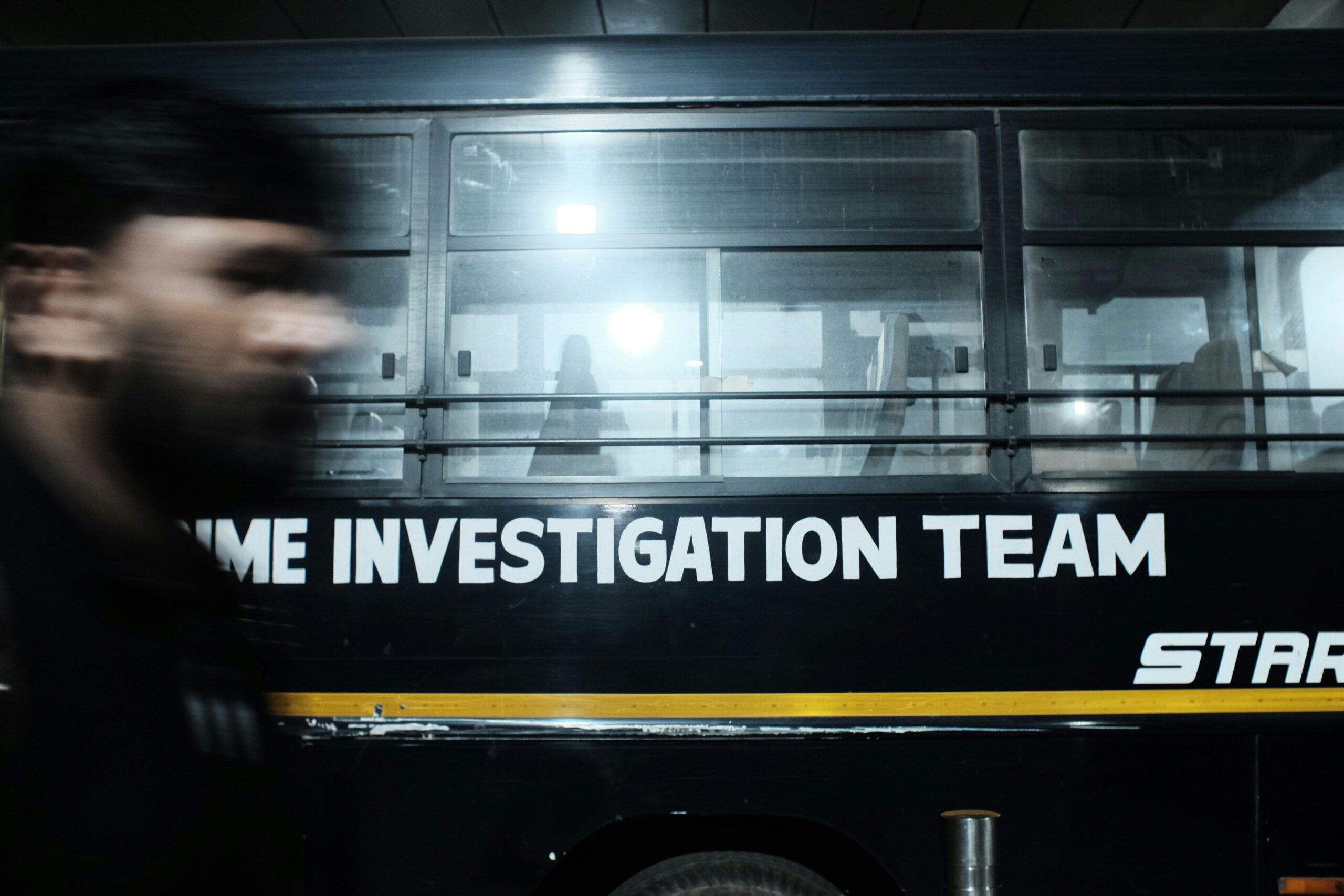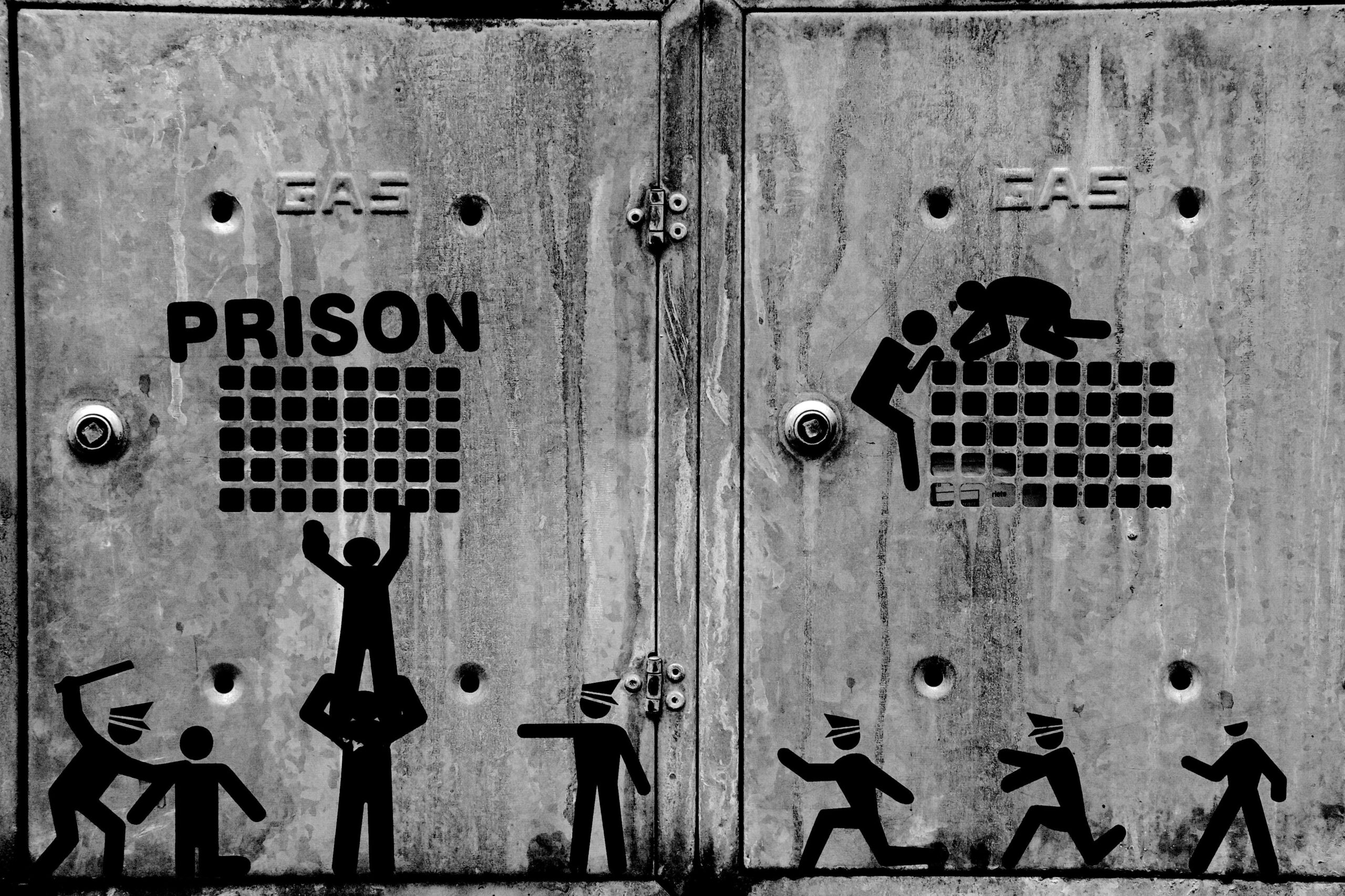Imagine a small seed—full of potential, waiting to grow strong and tall. Now, picture that seed left in a harsh environment, struggling to take root. Early experiences shape a child’s entire future, and when those experiences involve abuse, the consequences can be devastating. But here’s the curious and hopeful part: intervening early can change everything. Why does catching and addressing child abuse sooner rather than later make such a profound difference? In this article, we’ll explore the powerful impact early intervention has on healing young lives and unlocking brighter tomorrows.
Table of Contents
- The Hidden Long-Term Consequences of Delayed Action
- How Early Support Can Transform a Child’s Future
- Recognizing the Subtle Signs Before It’s Too Late
- Practical Steps for Communities to Act Swiftly and Effectively
- Concluding Remarks
The Hidden Long-Term Consequences of Delayed Action
When intervention is postponed, the ripples of abuse extend far beyond childhood, infiltrating every aspect of an individual’s future. Emotional wounds, often invisible, deepen over time, leading to chronic anxiety, depression, and even physical health problems later in life. The brain’s development can be fundamentally altered, affecting decision-making, emotional regulation, and relationship-building skills. What might appear as isolated incidents of delayed action can, in fact, reverberate through generations, leaving scars that manifest as difficulties in trust, self-worth, and stability.
Consider the multifaceted impacts that often arise when abuse goes unchecked for extended periods:
- Increased risk of substance abuse: Coping mechanisms may shift towards harmful addictions as a way to numb unresolved pain.
- Challenged academic and occupational outcomes: Delays in support can stunt educational progress and limit future employment opportunities.
- Social isolation and impaired relationships: Years of untreated trauma can hinder the ability to connect and maintain healthy bonds.
These profound consequences highlight that every moment counts. Early recognition and responsive care do more than mitigate immediate harm—they rewrite the narrative towards resilience and hope.
How Early Support Can Transform a Child’s Future
When a child receives timely and compassionate care, the ripple effects can be profound and long-lasting. Early intervention creates a foundation where resilience is nurtured, enabling children to overcome the shadows of their trauma and step into a future brimming with possibilities. This kind of support doesn’t merely address immediate distress—it rewires the brain’s response to stress, fostering healthier emotional regulation and strengthening social bonds that are crucial for personal growth.
Key elements that amplify the impact of early support include:
- Consistent therapeutic engagement tailored to the child’s unique experiences
- Involvement of caregivers to build a secure and trusting environment
- Access to educational resources that promote self-awareness and confidence
- Community programs that encourage social interaction and skill development
By weaving these pillars into a child’s recovery journey, early support transforms not just their ability to cope, but their aspiration to thrive. It’s a powerful reminder that timely compassion can carve pathways toward a brighter, more hopeful tomorrow.
Recognizing the Subtle Signs Before It’s Too Late
Children rarely cry out for help in obvious ways. Often, their pain is whispered through actions and behaviors that can be easily overlooked or mistaken for normal childhood mood swings. Subtle shifts in demeanor—like sudden withdrawal from friends, unexplained bruises hidden beneath clothing, or a drop in academic performance—can all be quiet distress signals. Being attuned to these nuances not only requires vigilance but also a willingness to trust instincts even when concrete evidence is elusive.
Early recognition hinges on familiarity with a diverse range of emotional and physical indicators, including:
- Uncharacteristic fearfulness of certain adults or places
- Excessive compliance or notably aggressive behavior
- Regressive behaviors such as bedwetting or thumb-sucking
- Frequent unexplained absences or reluctance to go home
By educating ourselves about these delicate signs, we can act decisively before the damage becomes irreversible, ensuring vulnerable children are given a chance to heal and thrive.
Practical Steps for Communities to Act Swiftly and Effectively
Communities hold untapped power when they come together with a clear focus on safeguarding children. One of the most effective ways to harness this strength is by establishing trusted networks where neighbors, schools, and local organizations can share insights and concerns without hesitation. By promoting an atmosphere of openness and trust, suspicious behavior or subtle signs of distress become easier to spot and address. Training volunteers to recognize early warning signs of abuse—such as unexplained injuries, withdrawal, or drastic mood changes—can turn ordinary citizens into vigilant advocates for children in their midst.
Beyond awareness, swift action is critical. Communities can augment their impact by creating well-defined protocols that guide immediate responses, including how to report incidents confidentially and whom to contact for emergency support. Encouraging schools to incorporate child safety programs and collaborating with local healthcare providers to offer accessible counseling services helps form a safety net that catches vulnerable children before harm escalates. This coordinated approach not only accelerates intervention but cultivates a culture where protecting children is everyone’s responsibility.
Concluding Remarks
As we wrap up this deep dive into why early intervention in child abuse truly matters, it’s clear that the impact goes far beyond just stopping the immediate harm. By spotting the signs early and stepping in with the right support, we’re not only protecting children in the moment—we’re laying the groundwork for healthier, happier futures. It makes you wonder: How many lives could be transformed with just a little more awareness and action? If there’s one takeaway, it’s this—early intervention isn’t just important; it’s absolutely essential. And perhaps, the next step starts with each of us paying closer attention and daring to make a difference. What do you think—how can we as a community better champion early support for vulnerable kids?










